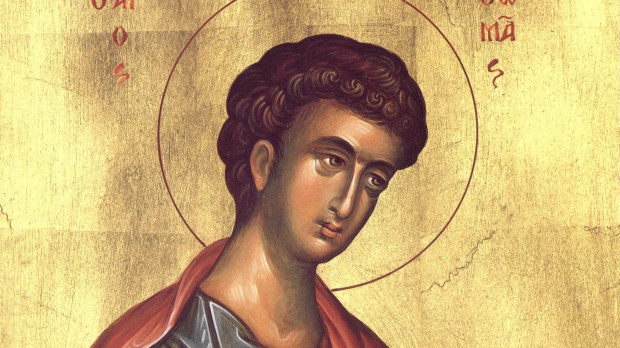Lenten Campaign 2025
This content is free of charge, as are all our articles.
Support us with a donation that is tax-deductible and enable us to continue to reach millions of readers.
The New Testament does not relate the complete adventures of St. Thomas the Apostle after the resurrection of Jesus. He is last mentioned in the Gospel of John and then he makes no more official appearances in the Bible.
However, local tradition and ancient literature claim that St. Thomas the Apostle traveled to India and preached.
This has led to a variety of areas becoming associated with St. Thomas, as India meant any number of places in the ancient world.
For example, the Catholic Encyclopedia explains the traditional account of St. Thomas’ adventures and his connection to a king who ruled in Afghanistan.
Coming to India Thomas undertook to build a palace for [King] Gundafor, but spent the money entrusted to him on the poor. Gundafor imprisoned him; but the Apostle escaped miraculously and Gundafor was converted.
Now it is certainly a remarkable fact that about the year A.D. 46 a king was reigning over that part of Asia south of Himalayas now represented by Afghanistan, Baluchistan, the Punjab, and Sind, who bore the name Gondophernes or Guduphara. This we know both from the discovery of coins, some of the Parthian type with Greek legends, others of the Indian types with the legends in an Indian dialect in Kharoshthi characters. Despite sundry minor variations the identity of the name with the Gundafor of the “Acta Thomae” is unmistakable and is hardly disputed.
As a result, because of St. Thomas the Apostle’s possible presence in that region of the world, he is known as the “patron saint of Afghanistan.”



